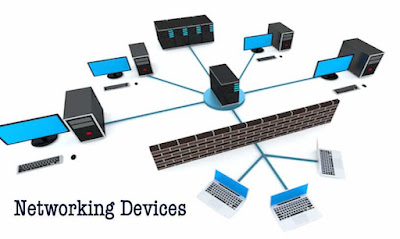WHAT ARE THE TYPES OF CABLE?
Twisted pair cable, coaxial cable and fiber optic cable are the three main types of network cables used in communication systems. Each of them is different and suitable for various applications.
Understanding the differences between the three will shed light on how data travels through each cable, which ultimately affects your connection and things like speed, latency, security, cost, etc. Here is a general breakdown of the three different types of cable systems and what they are capable of:
Understanding the differences between the three will shed light on how data travels through each cable, which ultimately affects your connection and things like speed, latency, security, cost, etc. Here is a general breakdown of the three different types of cable systems and what they are capable of:
TYPES OF CABLE
1. Twisted Pair Cable
- Twisted pair cables are quite literally a pair of insulated wires that are twisted together to help reduce noise from outside sources. While this does help some, these cables are still very susceptible to outside noise. Twisted pair cables are the most cost-effective option of the three but that also brings about lower bandwidth and high attenuation.
2 types of Twisted Pair Cable
- Shielded Twisted Pair
- Shielded twisted pair (STP) cable was originally designed by IBM for token ring networks that include two individual wires covered with a foil shielding, which prevents electromagnetic interference, thereby transporting data faster.
- Unshielded Twisted Pair
- Unshielded twisted pair is a popular type of cable that consists of two unshielded wires twisted around each other. Due to its low cost, UTP cabling is used extensively for local-area networks (LANs) and telephone connections. UTP cabling does not offer as high bandwidth or as good protection from interference as coaxial or fiber optic cables, but it is less expensive and easier to work with.
2. Coaxial Cable
- A coaxial cable is a type of shielded and insulated copper cable that is used in computer networks and to deliver cable TV services to end users. It was first commercially implemented in the early 1940s and is used for both baseband and broadband data communication services.
Coaxial cable is also known as coax, which is derived from the geometric axis created between a shield and insulator.
3. Fiber Optic Cable
- Fiber optic cable is a high-speed data transmission medium. It contains tiny glass or plastic filaments that carry light beams. Digital data is transmitted through the cable via rapid pulses of light. The receiving end of a fiber optic transmission translates the light pulses into binary values, which can be read by a computer.
REFERENCES:









Comments
Post a Comment